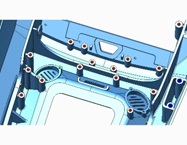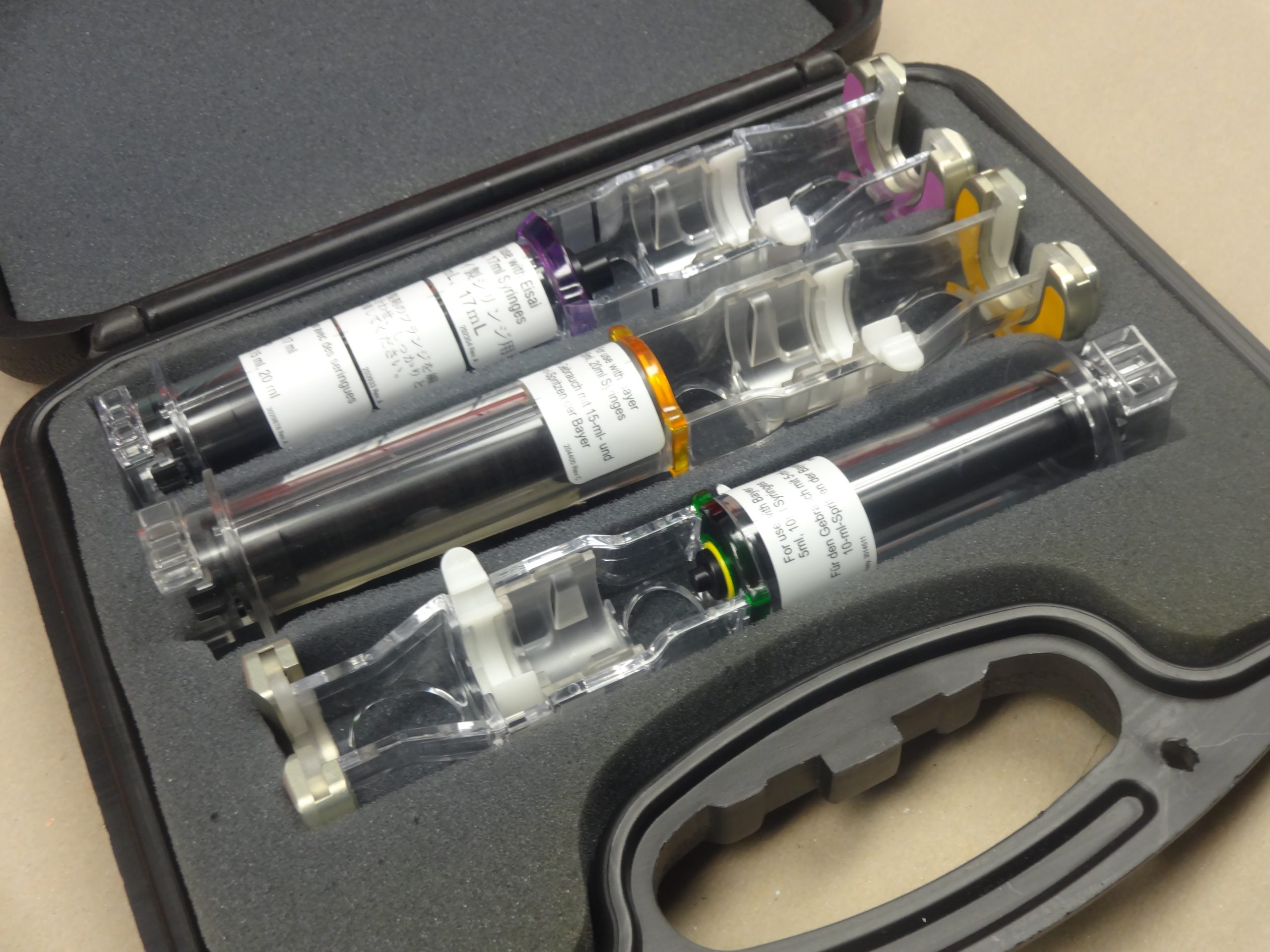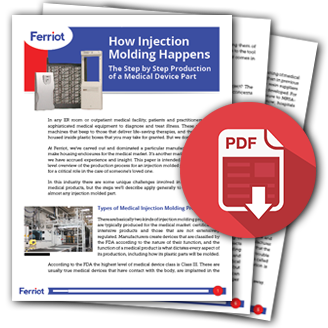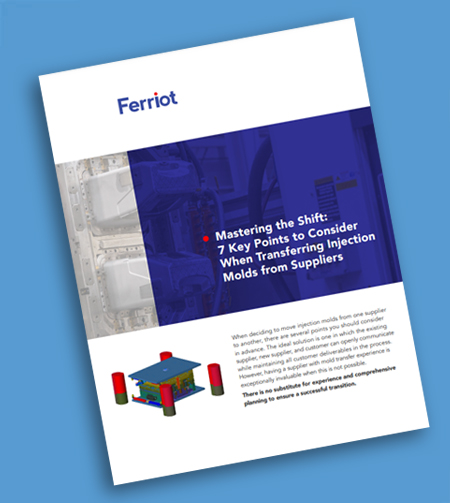You’re thinking about making an injection molded part for your product. You want your part to be everything you hoped it would be, and it you want it to succeed in the world, long after your involvement in the project ends. Here are three ways you can conceive and deliver a great injection molded part.
Get a Solid Partner: The Legal Department?
You’d probably be surprised to learn that liability concerns drive many aspects of part design and production. It stands to reason that with so many product recalls in the news, companies are right to focus on the safety and reliability of the products they make. Reducing a company’s risk exposure and ensuring that end users are protected be

gins with concept development, all the way through to the design and manufacture of the injection molded part. This is the responsibility of every person involved in the production of a part.
In general, when a mission-critical molded product fails, it’s the OEM who assumes responsibility for the outcomes. This is especially true for medical products. That’s why the mindset for the manufacture of medical products of all types tends toward a risk-averse, conservative approach. Medical OEMs are looking for contract manufacturers who have experience with various ISO compliance standards, certifications, and familiarity with industry regulations.
Tip: If this is your first time at the injection molding rodeo, get to know your legal team early on in the process. They’ll be your partners during the development of an injection molded part, from conception to delivery.
Be Sure Your Part Will Have a Good Life
Before you fire up your design software to crank out some CAD models, be sure to spend a long time detailing all the other aspects of your injection molded part. Where will it live, how long will it live, what will it be made of, and will it be profitable? Specifically, you and the team will:
- Detail the Environment. The first thing to consider is environment. Where and how will the end product be used? If it’s intended for a sanitary space, what types of chemicals and cleaning agents will be used? Will it be exposed to radiation or flame?
- Predict Lifespan. How will the product be used? Will it require continuous or intermittent use?
- Select a Resin. Most manufacturers will already have research and findings on the best available resins for their applications and products. They often approach a contract manufacturer like Ferriot with a resin already chosen. This is usually true because:
a) There aren’t too many large-scale industrial resin producers in the market, so it’s a small world;
b) Environmental and risk factors have already been assessed and approved by the OEM’s legal and quality team. (Remember when we said legal review was important?)
- Assess CAD data. Engineers will use a variety of software tools to look for how the resin will flow into the proposed tool design, and how the part separates from its mold. Do the simulations indicate that the finished part possesses the required dimensions? (Heavy lifting for this step is often performed by the Ferriot team.)
- Do a Financial Analysis. What is the optimal cost-per-part that will ensure profitability for the project? The answer to this question will come from the business analysts who will supply a detailed report on profit, run quantity, and production schedules.
- Limitations. An experienced contract injection molder can accommodate almost any thermoplastic resin, and nearly any design the manufacturer may choose. However, depending on the part, some injection molding facilities may be unable to produce that part, due to the nature of the presses they have available. For example, some resins run at very high temperatures, requiring a specific kind of press. Also, if your part is excessively large or small, your engineers and your Ferriot experts will engineer some crafty solutions to make it work.
Shape a Great Tool, and It Will All Come Out Right
After you have the right concept and you’ve planned out how your part will live in the world, it’s time to bring it to life. A metal tool must be created that will be used to produce your parts. This is the object into which liquid resin is injected. In almost all cases, the customer will, for lack of a better term, “contract” with Ferriot to build a tool as part of the production of their injection molded part. On a handful of occasions, the manufacturer has supplied the tool directly to us. However, when multiple entities are involved in transferring a tool, the risk for error is increased. That’s why we prefer to keep this activity in-house.
Fabrication of the tool takes place domestically or overseas, depending on the customers desires and requirements. Ferriot will be responsible for determining how the tool is to be built and will ensure conformance to the customer’s requirements. Once the tool is built, product samples are produced. If the tool has been transferred, Ferriot will produce a first article from the tool itself.
During the scope and evaluation process, the Ferriot engineering team will have used CAD data to develop key inspection criteria. This could be five key specifications, or it could be as many as thirty, depending on the complexity of the part. Using the first article off of the tool, the part is evaluated using these inspection criteria. It’s Ferriot’s responsibility to ensure this entire process happens smoothly. This is why partnering with the right contract manufacturer makes all the difference.
After the tool and first articles pass inspection, you’re ready to start making molded parts in quantity. If you plan well, each warm, plastic molded part that rolls off the production line will embody the characteristics you’d hoped for, and will be ready to fulfill its purpose in the world.
For a detailed paper on how injection molded parts are produced, download our PDF, “How Injection Molding Happens: The Step by Step Production of a Medical Device Part.” Click the image to get the paper:
If you’re ready to ask specific questions about your injection molded parts development process, complete a request for quote form. Or, if you prefer, call us at (330) 786-3000 for immediate attention.





